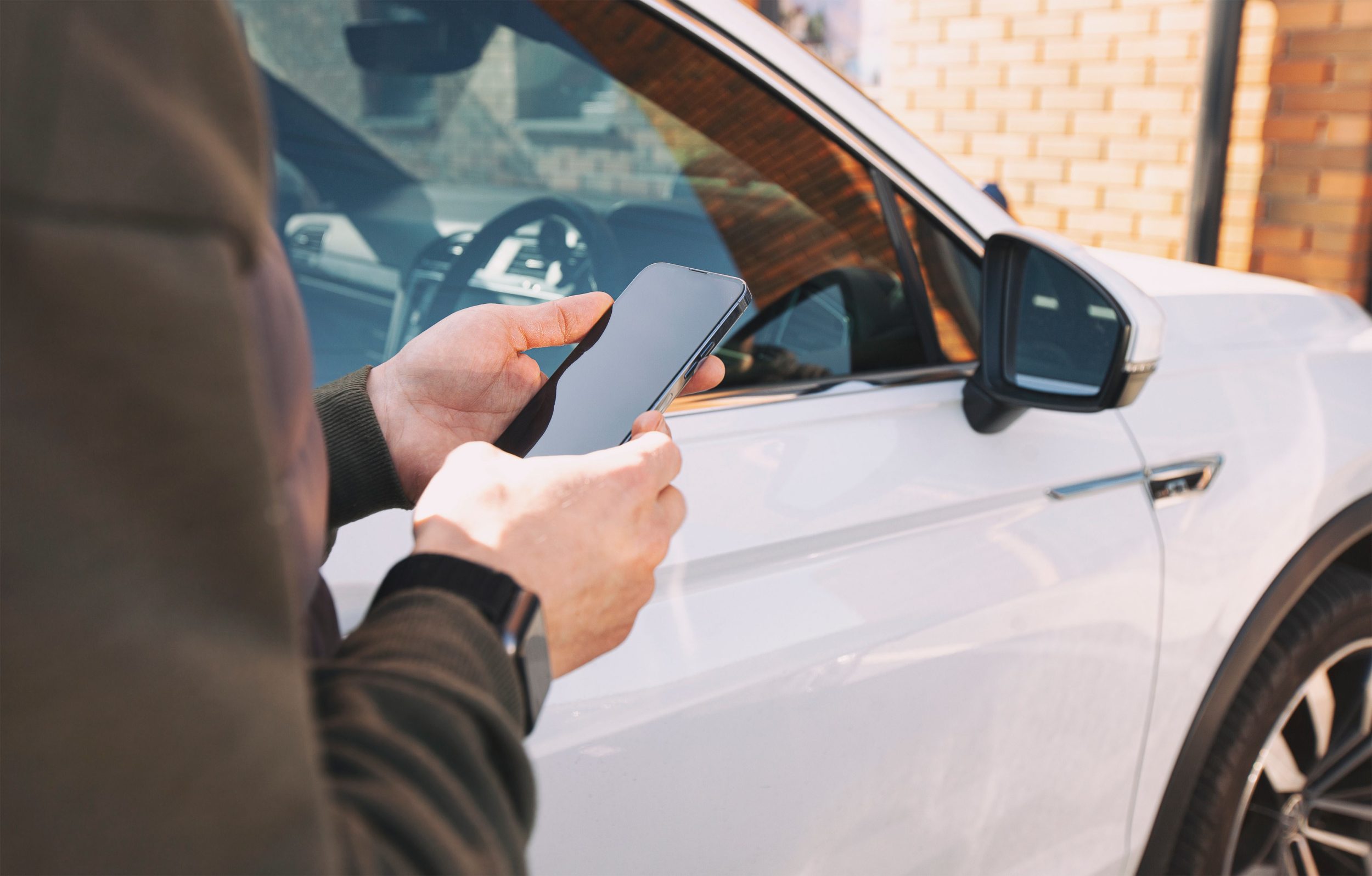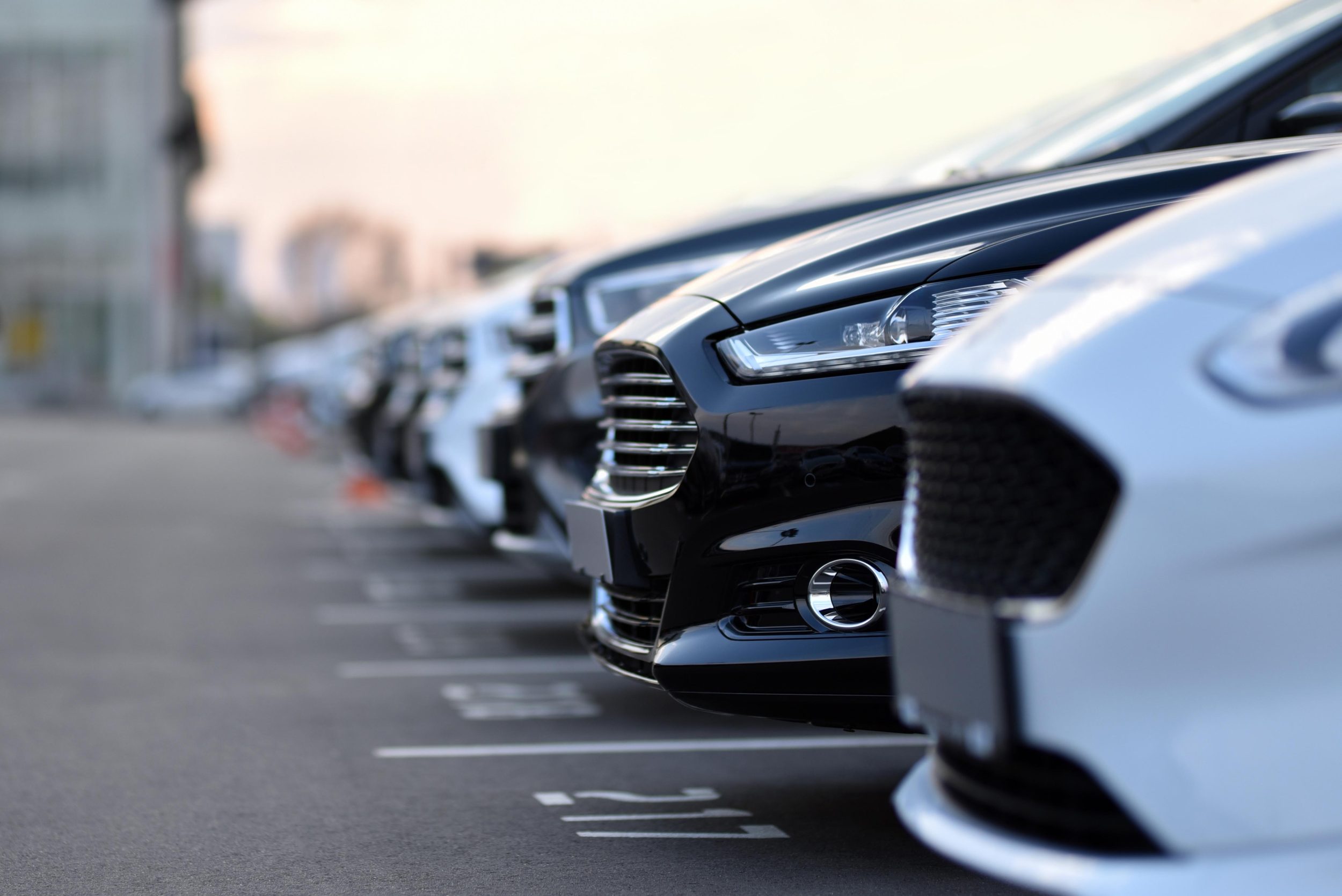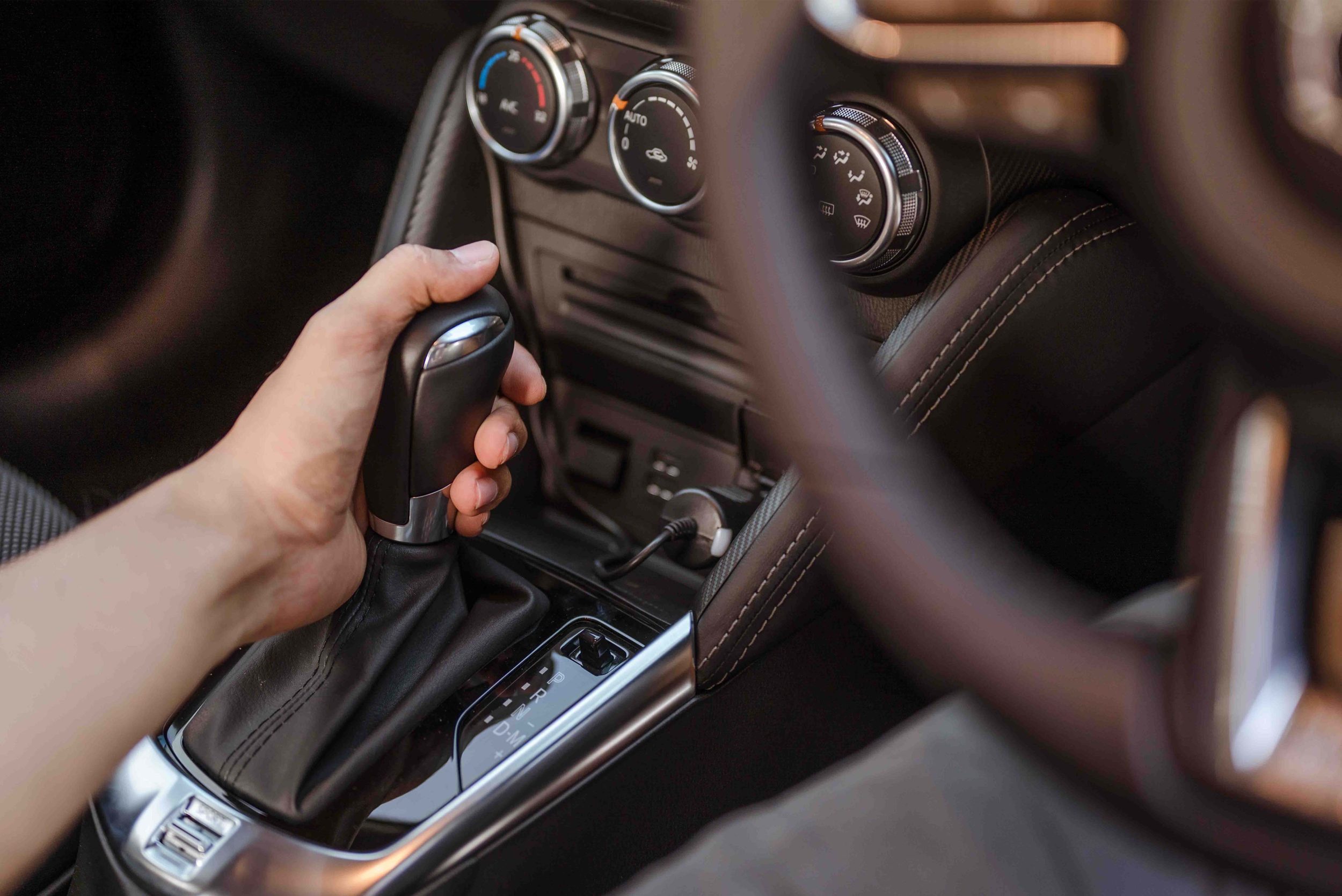One of the biggest benefits of passing your driving test is the unequivocal sense of freedom that accompanies it. No longer are you restricted to bus routes and locations that your friends and family members are willing to chauffeur you to, you can hit the open road and drive to your heart’s content. However, for many, there is one hurdle in the way – the motorway.
Until recently, learners were forbidden from driving on the motorway, which means their first encounter with the multi-lane road was after passing their test. Although changes have been made to the law that allows learner drivers to tackle the motorway in their lessons, it is unlikely that those with temporary learner insurance will have time to do this before the big day.
We spoke to Emma from the blog Bubbablue & Me who shared this with us: “Conquering the nerves for motorway driving can be done by building up to faster roads as you’re learning to drive. Try dual carriageways, not just the little short ones, but larger A roads that aren’t far off motorway size and speed. Taking a confident driver friend with you as well might help put you at ease as is remembering that motorways can be the safest roads to drive on.”
There are many reasons why you may find driving on the motorway daunting. However, it’s not as scary as you may think! Take a look at our guide and discover our top tips for driving on the motorway below.

What motorway lane should I use?
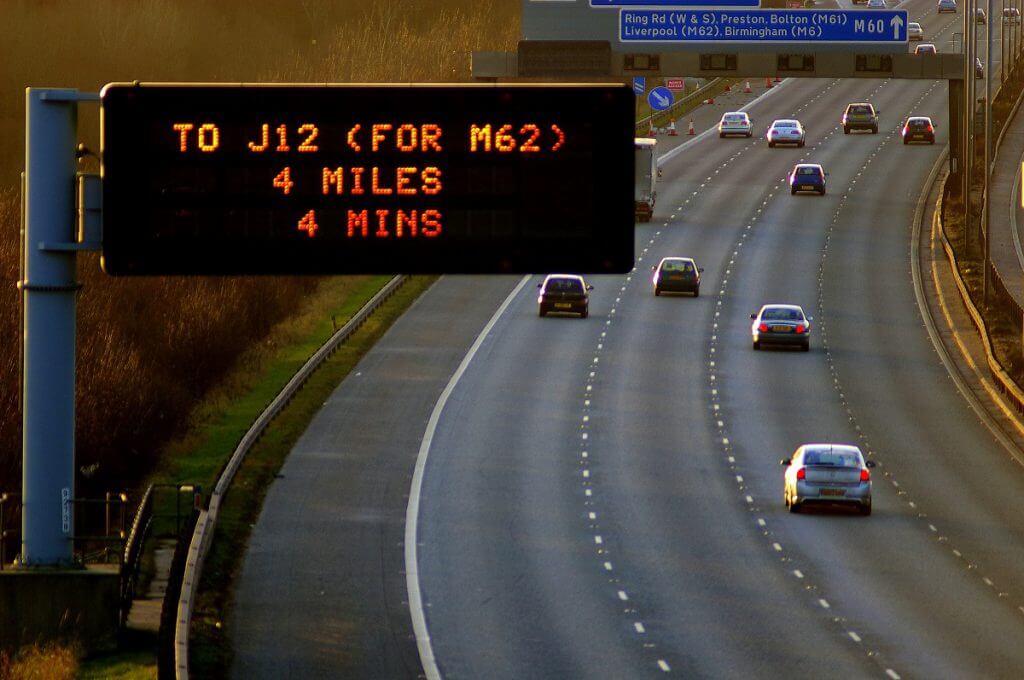
If you’re only accustomed to driving on single carriageways, your first introduction to a multi-lane road may be met with trepidation. However, once you’ve familiarised yourself with when and how you should use each lane, it becomes easier.
We heard from Cindy from Simple Steps for Living Life, who shared this: “As a person who has driven for 29 years, I’ve got a bit of experience. I have spent many hours of my life driving on small roads to interstates with 8+ lanes on each side. My biggest piece of advice for new drivers or nervous drivers is to plan ahead. Have your route mapped out ahead of time so you will not be distracted while you drive. Which brings me to another point, don’t be distracted while you drive by your phone, radio, or passengers! Focusing on the road is one of the best ways to safe.”
On your first motorway drive, you will need to enter the flow of traffic. To do this, you will join the slip road to the left, increasing your speed as you do so. The aim is for you to be travelling at the same speed as the flow of traffic so that you can safely integrate yourself. Whilst doing this, you will need to take into consideration the position and speed of the other cars yet act quickly, confidently and safely.
“Motorway driving for new drivers can be quite overwhelming”, we were informed by Fatima from the blog Blogs By Fa. “However, if the driver ensures to follow a few basic things, then they shouldn’t have to worry about anything. It is important for a new driver to stick to the left lane of the motorway and to avoid changing lanes or overtaking other vehicles. Moreover, it is also advised for them to follow the speed limit defined by the authority or perhaps, keep their speed a bit lower than the maximum speed limit allowed on a motorway. The speeds of the other vehicles on a motorway can be quite deceiving at times, so it’s best to be safe when driving.”
Typical motorways have three lanes; the left-hand lane which should be used when travelling on a clear road and a middle and right-hand lane which should be used when overtaking. There are some motorists which will need to remain in the left-hand lane at all times, such as slow-moving goods vehicles, as well as those that are speed restricted and, as a result, you may find that you need to use one of the other lanes to overtake.
“One of the most important things to remember when you start to drive on motorways is to stay alert”, shares Laura, an ex-police officer who now blogs at Miss LJ Beauty. “You need to remember your training and utilise it. Remember to check your mirrors. Stay in the left-hand lane unless you are overtaking. Only do this if you are comfortable to do so. Remember the two-second rule. The car in front should be two seconds ahead of you. This giving you a safe stopping gap. The speed limit is a maximum – do not exceed this. Remember to breath and remain calm..”
It is important that you always return to the left-hand of the motorway after overtaking unless you’re planning on overtaking several vehicles. In which case, remain in the middle or right-hand lane until you have passed them; weaving between lanes can be dangerous, so ensure you have finished overtaking before moving back.
The speed limit on the motorway is 70mph and driving at faster speeds can be dangerous. You may find other drivers who exceed this so, once the coast is clear, move over into the left-hand lane to let them through.
Charlotte from the blog Take a Paws encourages you to take your time on the motorway: “Keep your distance, especially if you’re a student with a packed car. It’s easy to forget that the stopping distance increases when the car is heavier and if traffic is slowing down and speeding up at irregular intervals, remember to change down your gears! Your heavy car will thank you for it!”
When overtaking, it is vital that this is always done to the right; undertaking is an offence and you can receive a fine for doing so. When each of the lanes is slow-moving, the lane to the left of you may be moving at a slower pace. However, remain in your lane as it is likely that it will clear up soon.
On the motorway, you may find some motorists sticking to the middle-lane. Hogging this lane can cause congestion – as well as frustration – to other drivers, so avoiding this is necessary. As mentioned, undertaking should be avoided at all costs so, when a driver is sitting in the middle lane, it can be a hindrance to those adhering to the Highway Code and driving in the left-hand lane, as it means swapping over to the right-hand lane just to overtake them.
Not only is middle-lane driving annoying, but it is also illegal and classed under “careless driving”. If caught, you could be faced with an on-the-spot fine of £100 and three points so, it’s best to remain in the left-hand lane unless necessary.
What do motorway road signs mean?
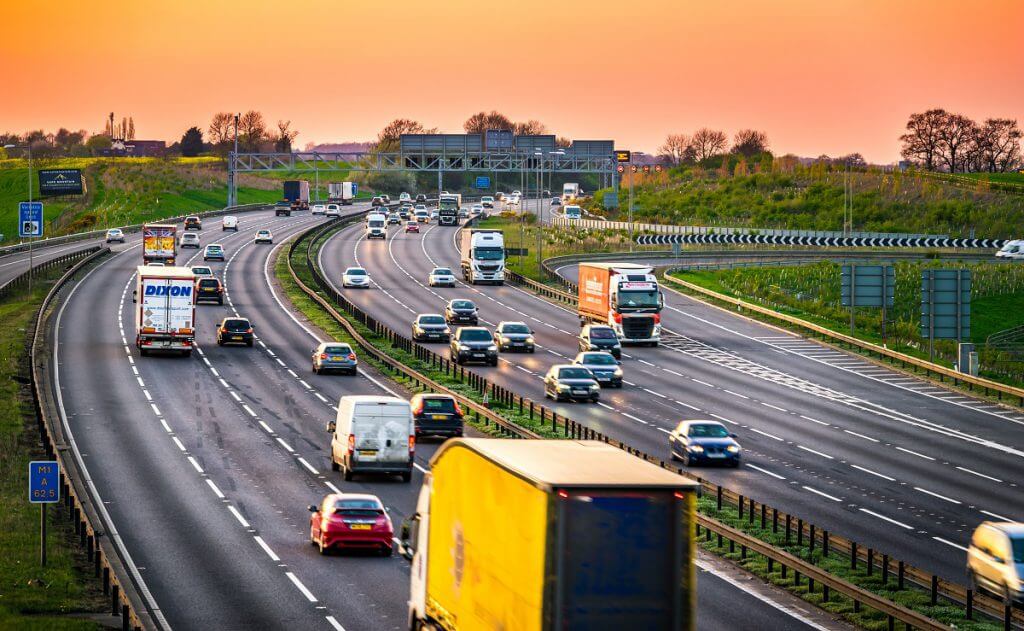
Another difference that you will face will be a difference in the road signs. Blue backgrounds denote a direction that you may wish to pay attention to, whether it is telling you the junction, which lane you need to be in if the road is going to split or a confirmatory sign after you’ve joined the motorway. You may have noticed the blue background before. That is because any identification of a motorway will always have a blue background.
Other signs that you are likely to come across are roadwork signs, particularly those showing a temporary road closure, as well as those telling you to change lanes. Motorways are always under renovation in order to improve the road system in the UK. Most recently, this has included the upgrade of major motorways to “smart motorways”.
A smart motorway uses technology to monitor what is taking place on the roads. Control centres around the country analyse the speeds and conditions of the roads and can change the speed limit, as well as shut lanes, from these locations. The idea behind smart motorways is to allow traffic to run smoother, preventing congestion wherever possible.
When driving on a smart motorway, you may notice a variety of different electronic signs. These overhead gantries can be updated with speed limits, road closures and other pieces of information that are vital to drivers. The first controlled motorway of this kind opened in 2006, but now several are popping up all over the country.
The most common sign that you may come across on a smart motorway is a red X signifying when a lane is closed. Smart motorways are effective at managing congestion as they have the ability to open and close the hard shoulder to improve the flow of traffic. In some instances, such as in case of an accident, this lane may be closed. If you’re caught driving in this lane whilst there is a red X in operation, you will face a £100 fine and three points on your license.
Other signs that you may find on the motorway are driver location signs. These are dotted every 500m along the road and normally contain a mixture of letters and numbers. If you witness or are caught in an accident, these signs should be told to the emergency services to help locate you.
These driver location signs include important information such as the road you’re on, the direction you’re travelling in and how far you are from a given location.
What should I do if I breakdown on the motorway?
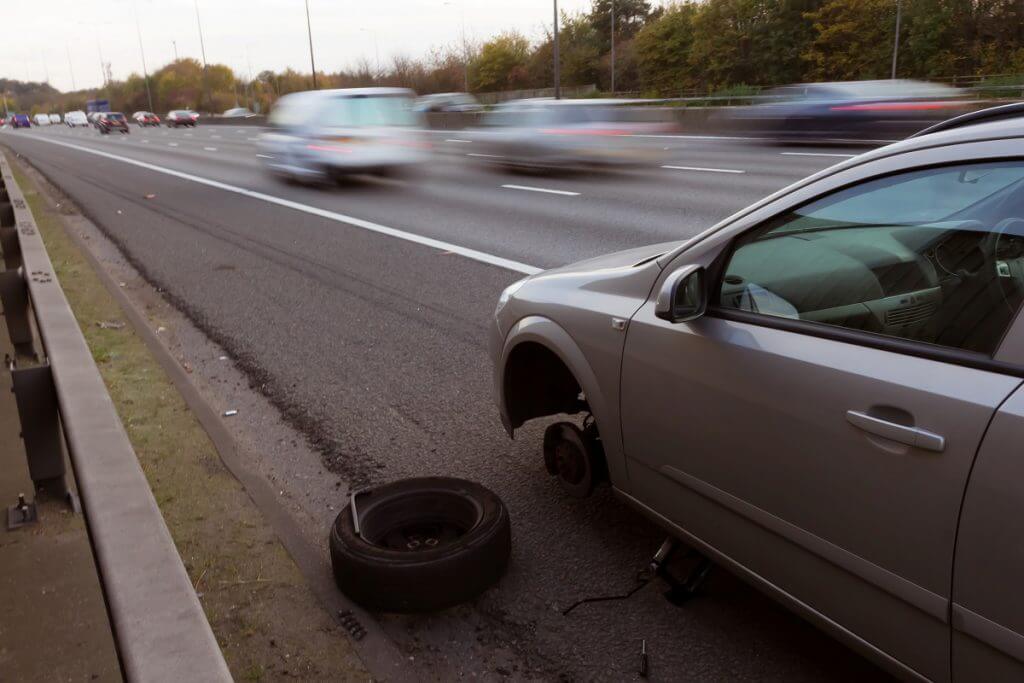
No matter what type of road you’re on – whether it’s on a dual carriageway, a B-road or even whilst you’re still in your driveway – breaking down is never convenient. However, when it comes to breaking down on the motorway, there are a few more things that you need to take into consideration.
If you start to experience problems with your car, leaving the motorway at the next possible opportunity is always recommended; it is better for you to face trouble with your car in a location such as a service station then stuck in traffic on a busy motorway. In some cases, it isn’t always possible to do this so, in these instances, the hard shoulder or an emergency area is where you should aim to head to.
Emergency areas can be found along the motorway and have an orange SOS phone for you to use. These telephones are free to use and have been provided by Highways England. If you are too far away from a phone, don’t attempt to reach it. Instead, you can use your mobile to contact Highways England on 0300 123 5000.
When exiting your car, you should always do so from the left-hand side as from the moment you stop on the hard shoulder, you have a life expectancy of 11 minutes. Turn the engine off, the hazard and fog lights on and move behind the safety barrier whenever possible. The aim, first and foremost, is to stand as far away from the road as possible.
In some instances, it won’t be possible to leave your vehicle. If you don’t feel as though it would be safe to exit the car, you should turn your hazard lights on and ring 999 asap. If you are on a smart motorway, the regional control centres will be able to identify your vehicle and close the lane. This will be shown by a red X on the signs overhead.
Tips for beginner motorway drivers
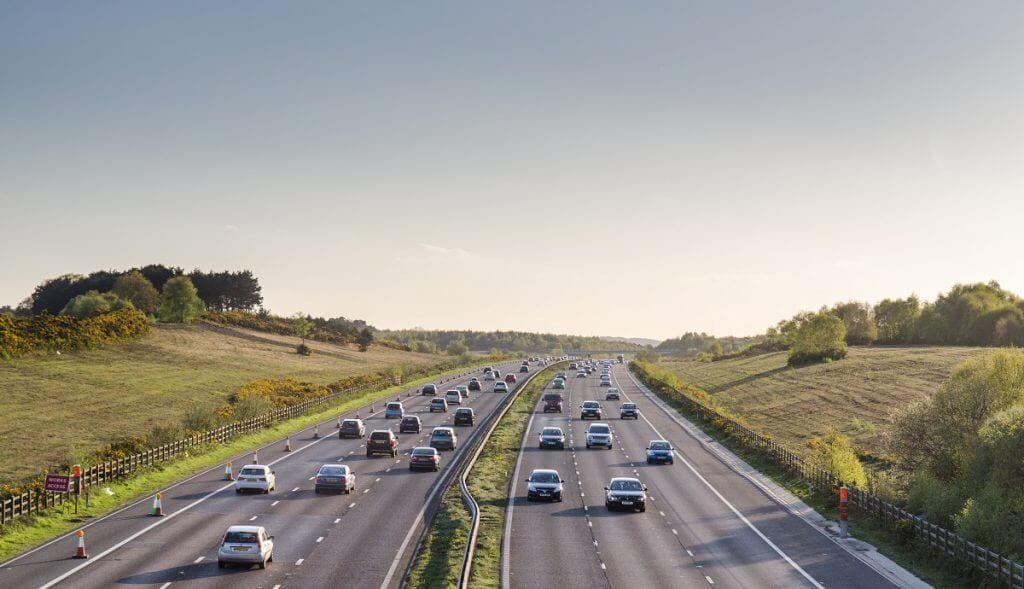
Driving on the motorway isn’t as intimidating as you may think. Practice makes perfect and the more you head out behind the wheel, the more you will grow in confidence. If you’re wondering how you can improve your driving on the motorway, make sure to take a look at these useful tips.
Tips for new motorway drivers:
- merge onto the motorway at the same speed as the flow of traffic
- use the left-hand lane unless overtaking
- always overtake to the right
- stick to the speed limit which is 70mph
- don’t middle-lane hog
- blue signs show directions
- stay out of red X lanes on a smart motorway
- pay attention to driver location signs in case of emergency
- turn hazards and fog lights on if you breakdown
- always exit your car out of the passenger side and stay as far from the road as possible.

